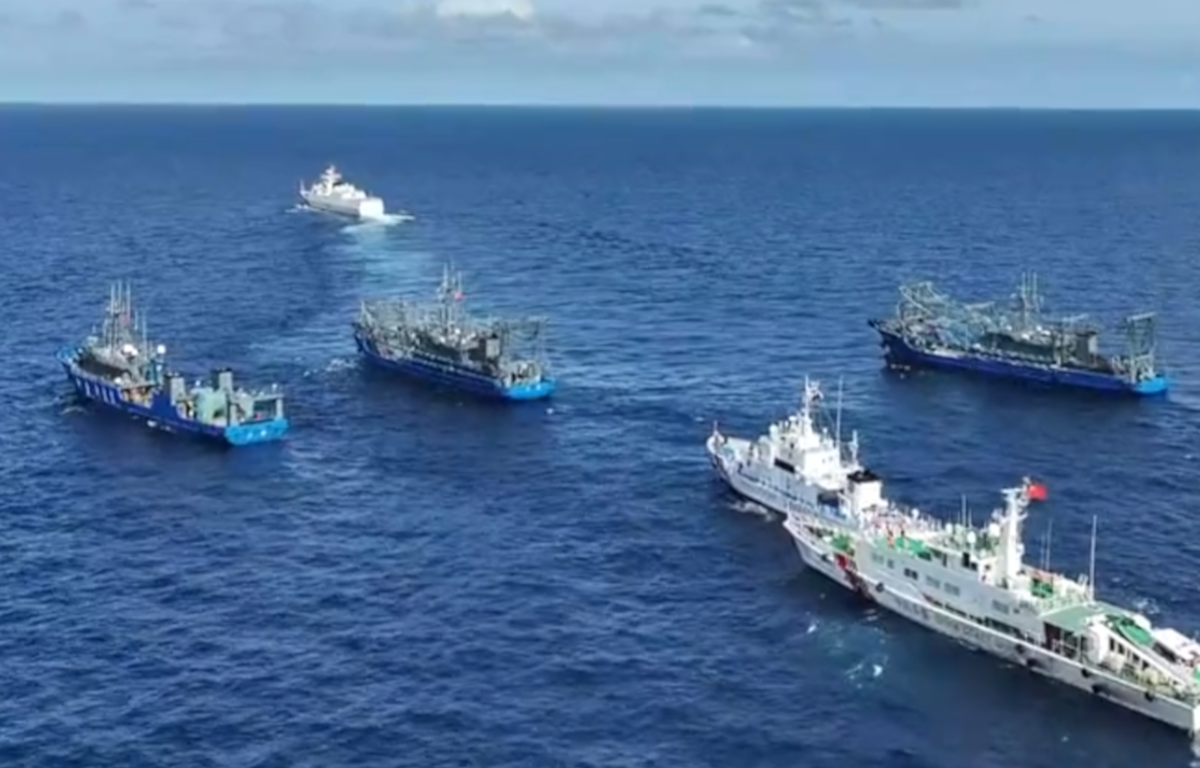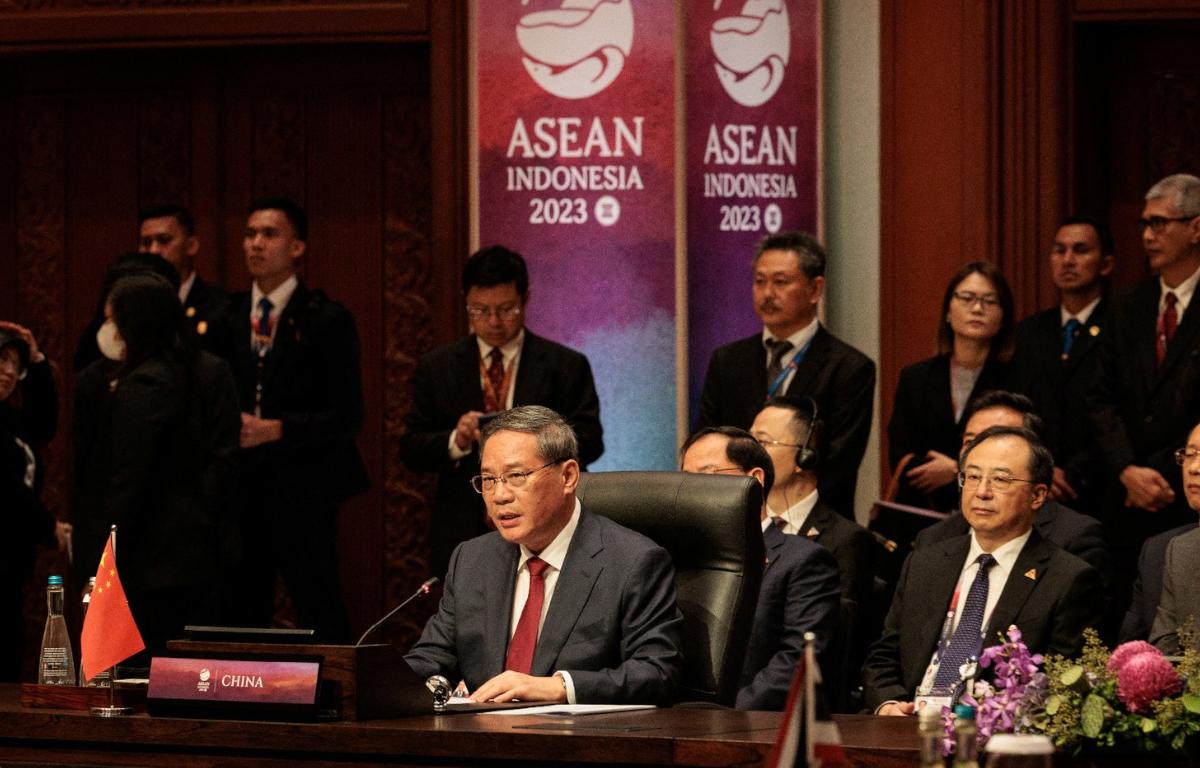
The South China Sea has a history of territorial disputes dating back centuries, but the contemporary struggle can be traced to the mid-20th century. In 1947, the Republic of China (ROC) released a map known as the “Nine-Dash Line,” which claimed almost the entire South China Sea as its territory. After the Chinese Civil War, the ROC retreated to Taiwan, but the People’s Republic of China (PRC) continued to assert this expansive territorial claim. Over the years, other nations with coastal access to the South China Sea, including Vietnam, the Philippines, Malaysia, and Brunei, have also staked their own territorial claims, leading to overlapping assertions of sovereignty.
Tensions in the South China Sea escalated significantly in the early 21st century. China embarked on a program of militarization of the islands and reefs it occupied, building runways, ports, and military installations. This expansion was met with international condemnation and legal challenges.
In 2016, an international tribunal established under the United Nations Convention on the Law of the Sea (UNCLOS) ruled in favor of the Philippines, declaring that China’s extensive territorial claims within the “Nine-Dash Line” had no legal basis. China, however, rejected the tribunal’s ruling and continued its aggressive activities in the region.
One of the gravest concerns stemming from the ongoing dispute in the South China Sea is the environmental impact. Overfishing, illegal fishing, and unsustainable practices have led to the depletion of marine resources, threatening the livelihoods of millions of people who depend on fishing for their sustenance. The fragile coral ecosystems in the region are also at risk due to destructive fishing practices and land reclamation activities.
Additionally, the exploration and extraction of oil and gas resources have raised environmental concerns. Oil spills and accidents in the South China Sea could have devastating consequences for marine life and coastal communities.
The South China Sea is a vital conduit for global trade, serving as a major route for the shipment of goods between Asia, the Middle East, Europe, and the Americas. Approximately one-third of the world’s maritime trade, valued in the trillions of dollars, passes through these waters annually. The ongoing disputes and the potential for conflict in the South China Sea have raised concerns about the security of this critical trade route.
Efforts to resolve the South China Sea dispute through diplomatic means have been challenging. The Association of Southeast Asian Nations (ASEAN) has been actively involved in promoting dialogue among claimant states, but progress has been slow due to divergent interests and the reluctance of some parties to compromise. The United States has also played a role in supporting its regional allies and partners in the face of China’s assertiveness.
The ongoing plundering of the South China Sea is a complex issue with far-reaching implications. It involves not only territorial disputes but also environmental degradation, threats to global trade, and potential security risks. Achieving a peaceful and equitable resolution to this dispute remains a significant challenge, requiring continued diplomatic efforts, adherence to international law, and a commitment to preserving the region’s fragile ecosystem and the livelihoods of those who depend on it. The international community must work together to ensure that the South China Sea remains a zone of cooperation and not one of conflict and plunder.










Share this: